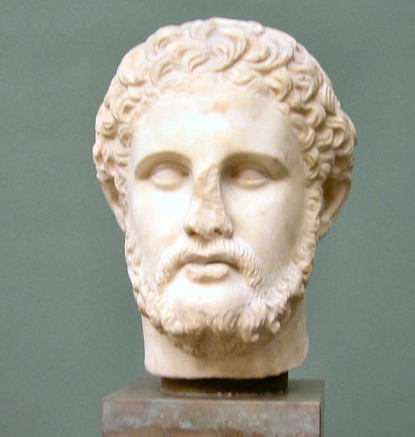-
3-minute read
-
18th September 2017
Essay Tips: Introducing Quotations
It’d be hard to write a good essay without quoting sources. But if you’re going to use someone else’s words, you need to do it properly.
This includes citing quoted text and using quote marks, as well as making sure that quotations are introduced properly. To help out, we’ve prepared this quick guide to introducing quotations in an essay.
Short Quotations
The easiest way to quote a source is to work a short passage (sometimes just a single word) into your own sentence:
The tomb was one of archaeology’s ‘most intriguing discoveries’ (Andronicus, 1978, p. 55) and has fascinated researchers ever since.
As above, the only requirements here are using quote marks and making sure the quote fits with the surrounding text.
Quoting After a Colon
If quoting a source after a full sentence, you will usually introduce it with a colon:
On the basis of Philip II’s estimated date of death, Andronicus (1978) draws a strong conclusion: ‘This, in all probability, must be his tomb’ (p. 76).
When using a colon to introduce a quotation, the text before the colon must be a full sentence. The text after the colon, however, can be just a few words if required.

Quoting After a Comma
Alternatively, you can use a comma to introduce a quote. When doing this, the quoted text should follow from the preceding sentence (usually after a word like ‘says’ or ‘argues’):
Andronicus (1978) says, ‘The weapons bore witness that the tomb could not have belonged to a commoner’ (p. 73).
Find this useful?
Subscribe to our newsletter and get writing tips from our editors straight to your inbox.
Subscribe to Beyond the Margins and get your monthly fix of editorial strategy, workflow tips, and real-world examples from content leaders.
However, when a quote follows the word ‘that’, no comma is needed:
Andronicus (1978) says that ‘The weapons bore witness that the tomb could not have belonged to a commoner’ (p. 73).
Keep this punctuation difference in mind when quoting sources in your work.
Block Quotes
Finally, for longer quotations, you can use a block quote. These are also introduced with a colon, but they don’t have to follow from a full sentence in this case. Furthermore, quoted text should be indented and begin on a new line, as shown below:
Andronicus (1978) describes the fresco as follows:
The barely visible painting depicts three hunters with spears and five horsemen with dogs pursuing their prey, wild boars and lions. This and three other paintings discovered in the adjacent tomb are among the few extant examples of fourth-century BC Greek frescoes. (p. 72)
This emphasises how important the discovery was for understanding…
Usually, block quotes are used for passages of more than 40 words or four lines. The exact rules depend on the referencing system you’re using, though, so make sure to check your style guide.




